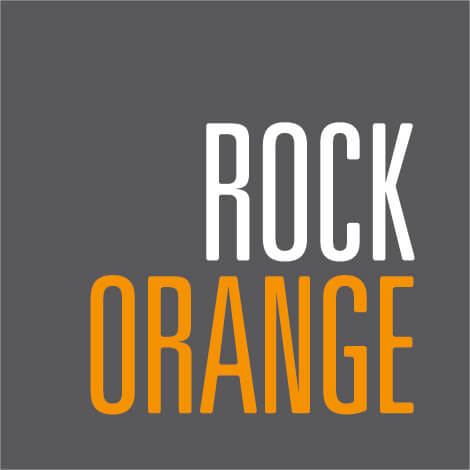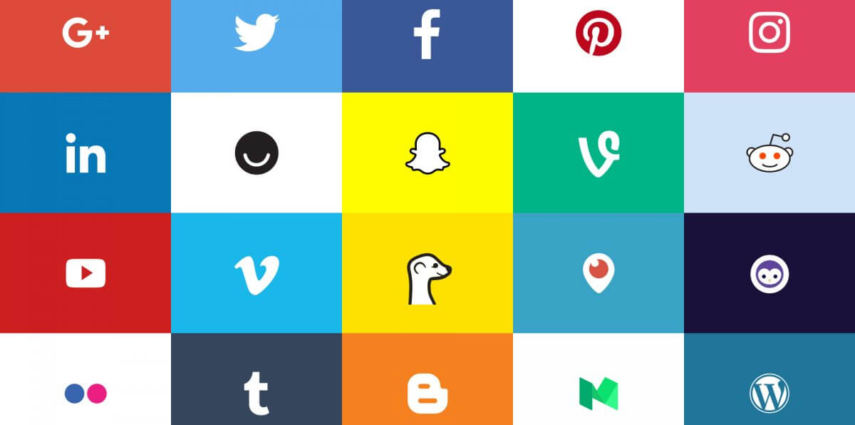By David Naranjo
Indulge me for a moment in some “back in my day” reminiscing.
When I was coming up in the world of media and communications, leading a team of PR pros at Sony Music and later the Estefan Enterprises, we worked hard to gin up positive coverage for our artists. More coverage equaled more units sold, so these earned opportunities were golden. Those media gatekeepers could make or break a new album, a career, or a label itself.
Needless to say, things are different today. For musicians and entertainers the revolution kicked into high gear back in the mid-00s with the rise of MySpace as a proto-platform to own the messaging and imagery associated with your brand. With a little bit of HTML and a lot of elbow grease, you could bring your art to millions, where you once needed a label, a marketing team, and an interested media. The MySpace page became the new street team (not coincidentally around this time Sony and other record companies decommissioned their own networks of real street teams).
And we know the story from there: MySpace begat Facebook, YouTube, Twitter and Instagram, and for artists more targeted apps like Soundcloud and Bandcamp integrated nicely. Cobbling together these pages with a centralized website and blog makes an effective, elegant platform for artists. Tend that social media garden well enough, and it becomes hard to remember why we ever needed media outlets so badly.
Of course, we love our friends in the press, and they always make our jobs easier. But the best brands today are leaving nothing to chance. Like those bands inhabiting the early MySpace, smart brands are creating their own platform for message management.
Our client Zappos recently engaged us for a back-to-school campaign. The deals were great, as was the apparel. And the brand is noteworthy in its own right—definitely not an unknown, frequently covered by mainstream press and trades. But this was a back-to-school campaign, straining its neck to be noticed in a sea of other back-to-school campaigns. Earned media coverage was incredibly unlikely without some kind of elevation.
We used the brand’s social media platforms to link out to guest bloggers whose influence made the campaign into actual coverage-worthy news. Now, it wasn’t just half off your second pair of sneakers. It was mommy bloggers bragging about the pairs of shoes they had gotten for their kids. Engaging with the influencers, we were able to rise above the commercial noise.
Sometimes the need to control the message speaks to the brand’s very existence. Consider a quick service restaurant client of ours who was facing a very difficult investigation in Europe into their locations. The sensational story gave short shrift to the facts and was bombastic in all the ways you hope to avoid for your clients.
So, rather than engage with the journalists in their forum, we marshaled the strength of the brand’s social media to publish facts about the situation, taking a crisis and turning it into a teaching moment. This kind of education would have been impossible on any platform other than the client’s own. The strategy was effective: the news magazine shelved a planned sequel to their report after our own messaging essentially defanged their reporting.
Here is a healthy exercise for anyone leading a brand’s communication efforts: imagine you have something incredibly important to say, something everyone needs to hear, and you have to do it right this moment. How would you do it? Would you be reliant on someone else to do it for you? Is your social media presence primed and active? Have you tended that garden? What shape are your lists in? When’s the last time someone organically signed up for your newsletter? Do you have a newsletter, if only to collect email addresses?
Media companies spend millions to refine their platforms. So should you. No one can tell your story better than you.


